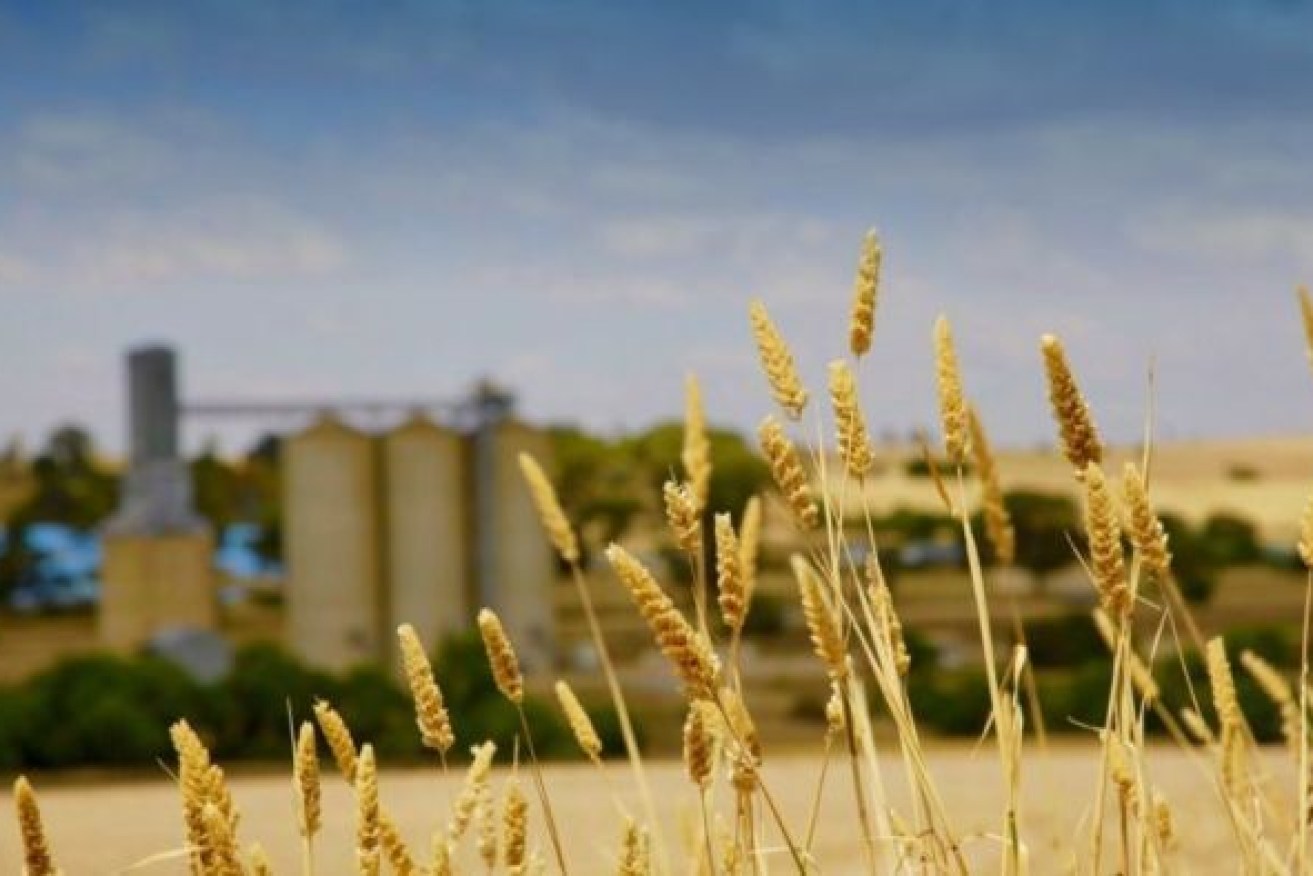Farmers rack up the debt, but it’s quality that counts more than quantity
Total debt held by Queensland farmers has jumped more than 25 per cent in two years, prompting calls to focus on the ‘quality’ of the deficit, not the overall number.


More farmers in Queensland remain subdued after years of tough conditions. Photo: ABC
The total debt figure for 2021 comes to $24.06 billion, the largest number reported in the Queensland Rural Debt Survey since 2019.
With the pandemic and geopolitical events straining production and food supply chains in the reporting period, the government agency which collects the data is taking solace in the fact 95 per cent of the debt rated as viable or long term viable – terms used to classify the farm’s ability to remain productive and service the amount borrowed.
In tabling the debt survey report from the Queensland Rural and Industry Development Authority (QRIDA), Agriculture Minister Mark Furner said the average debt per borrower rose by 32.67 per cent to $1.39 million.
He said debt funding remained the principal source of capital for Queensland primary producers, including for working capital, infrastructure, property, and other investment purposes.
QRIDA CEO Cameron MacMillan said the figures reflected the resilience of Queensland farmers in the face of adversity.
“In 2019, Queensland recorded the lowest level of rainfall since 2005. From 2020, they also faced rising input costs and supply chain disruptions due to the Covid-19 pandemic,” he said.
“All these factors have impacted production and business decisions by primary producers.”
But Shadow Agriculture Minister Tony Perrett said the figures demonstrated increased vulnerability among Queensland farmers, especially with more weather shocks likely to come.
He said input costs like wages, fuel and fertiliser had risen significantly during the terms of the Palaszczuk Government yet production prices had not kept pace.
“Debt to gross value of production has increased significantly, meaning wages, fuel and fertiliser costs are having a major impact on profitability,” he said.
“The impact of natural disasters, labour shortages, biosecurity concerns and trade relationships are also affecting confidence and the potential of further increases in interest rates will be challenging for rural industry in 2022-23.”
MacMillan told InQueensland the survey was “only a snapshot” of the size and nature of rural debt as at December 31 2021 and not a “predictor of future debt or financial circumstances for farmers”.
“Farmers like all businesses operate in a very dynamic environment and that has certainly been the case in the eight months since the survey including floods, rising inflation, interest rates, conflict in Europe, and biosecurity threats,” he said.
“On the positive side, commodity prices and rural land values, which underpin most rural debt, have remained strong, and our exchange rate for exports has remained competitive.”
He said while total rural debt and average debt per rural borrower had risen, the quality of that debt had remained stable which would hopefully mean farmers were well positioned to take on new challenges.
“There has also been some consolidation with a reduction by five per cent in the number of rural borrowers, which might represent some borrowers have paid down their debt or have sold out including family succession,” he said.
“We will only really know the real impact of these latest challenges when we conduct the next survey in December 2023.”
Debt in the beef industry accounts for the largest proportion of rural debt across Queensland, growing by more than $3 billion and accounting for about 60 per cent of the increase in total debt.
This is followed by cotton debt, growing 53.1 per cent to $1.69 billion. Grain/grazing also saw a large increase, totalling $1.68 billion and recording a 40.9 per cent growth since the 2019 survey.
The Western Downs and Central Highlands regions represented the largest portion of just over 35 per cent of total rural debt in Queensland, totalling $8.51 billion.












